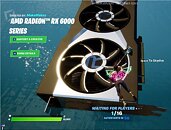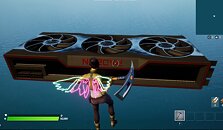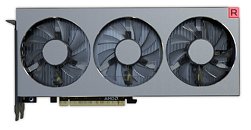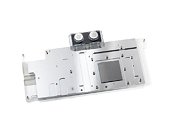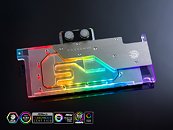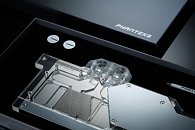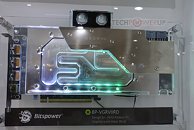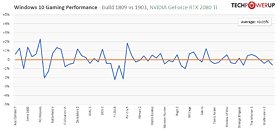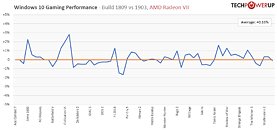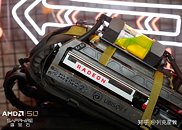
AMD Puts Radeon Vega and Polaris GPUs on a Slower Driver Update Track
AMD is weaning the market off its older gaming graphics card series that predate the Radeon RX 5000 series. The company is reportedly putting older GPUs based on the "Vega" and "Polaris" graphics architectures on a slower driver update track, which means driver updates to these GPUs will be less frequent. The company's RX 5000, RX 6000, and RX 7000 series, on the other hand, will continue on with the current driver update track that includes one or more driver releases each month, including releases to fix glaring game bugs, or day-zero performance updates.
AMD over the past couple of months began segregating RDNA (RX 5000 series and later) and pre-RDNA (older than RX 5000 series) GPUs through their driver releases. The latest drivers come in an RDNA-only package (denoted by "rdna" in the installer's file name), which is around 600 MB in size; and a larger 1.1 GB package that supports both RDNA and pre-RDNA GPUs. The company now announced that the pre-RDNA GPUs will switch to a slower driver update track as is characteristic with older-generation GPUs that AMD wants to discontinue support for.
AMD over the past couple of months began segregating RDNA (RX 5000 series and later) and pre-RDNA (older than RX 5000 series) GPUs through their driver releases. The latest drivers come in an RDNA-only package (denoted by "rdna" in the installer's file name), which is around 600 MB in size; and a larger 1.1 GB package that supports both RDNA and pre-RDNA GPUs. The company now announced that the pre-RDNA GPUs will switch to a slower driver update track as is characteristic with older-generation GPUs that AMD wants to discontinue support for.













